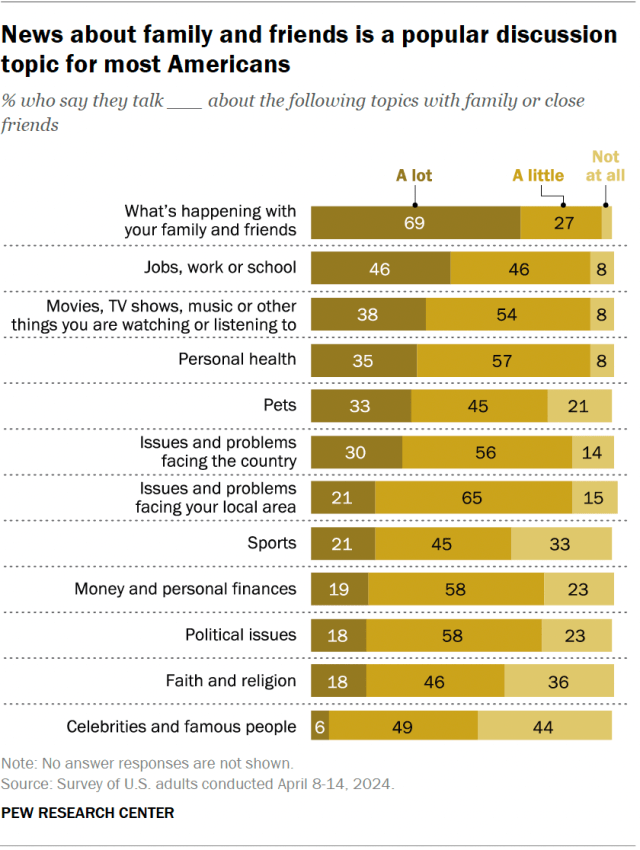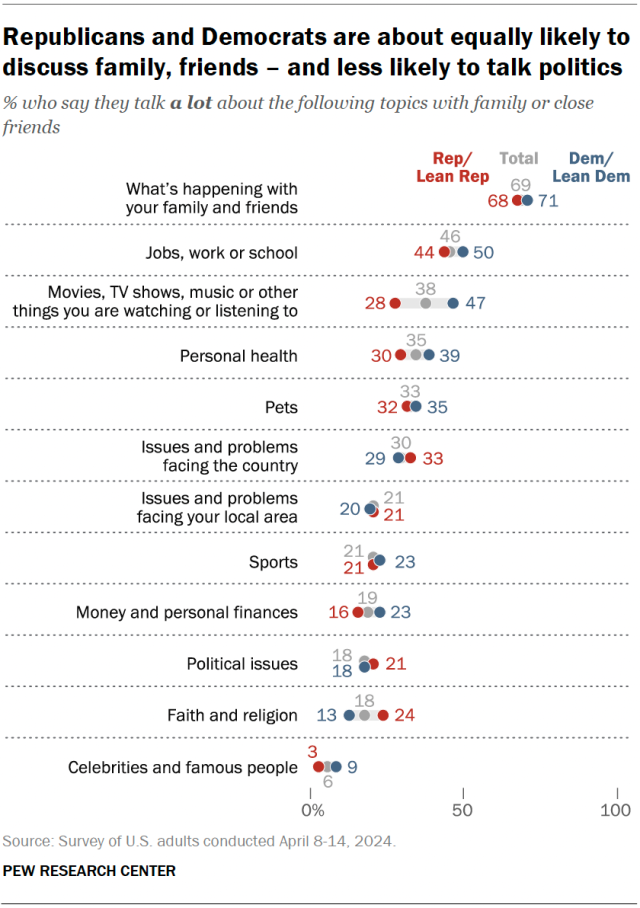About half of Americans still think the American Dream — the idea that anyone can get ahead through hard work and determination — is achievable, according to findings released Tuesday by Pew Research Center.
While 53% say the American Dream remains possible, another 41% believe the life of relative economic security the notion once conjured up is now out of reach, the survey of 8,709 U.S. adults found. That divide roughly held regardless of race, ethnicity, partisanship, and education of respondents, the nonpartisan think tank found.
The gap proved wider by age and income, with older and wealthier Americans more likely to declare the American Dream to still be feasible, Pew stated.
Americans 50 and older are more likely than younger adults to say the American Dream is still possible, with about two-thirds of those 65 and older, or 68%, expressing this view, as did 61% of those 50 to 64, according to Pew. Younger adults are less optimistic, with only four in 10, or 42%, under 50 saying it is still possible to achieve the American Dream.
Sixty-four percent of upper-income Americans say the dream still lives, versus 39% of lower-income Americans — a gap of 25 percentage points. At the center, 56% of middle-income respondents agree the American Dream continues, Pew said.
While relatively few, or 6%, voiced the view that the American Dream was never possible, that number nearly doubled to 11% among Black Americans surveyed.
The findings may illustrate wishful thinking on the part of some respondents, depending on how one calculates what it takes to be living the American Dream. An analysis late last year from financial site Investopedia found that the American Dream costs about $3.4 million to achieve throughout a lifetime, from getting married to saving for retirement.
That estimate would put the dream out of reach for most folks, given that the median lifetime earnings for the typical U.S. worker stands at $1.7 million, according to researchers at Georgetown University.
Further, multiple studies have shown that geography is key to a person's future success, with where you start out in life largely determining where you end up. Growing up in a more affluent neighborhood offers advantages such as a better education and access to healthier food, for instance.
When Americans gather for the July Fourth holiday, they will likely discuss a wide variety of topics, from work and personal health to politics and pets.
Yet for most people, simply catching up is a far more popular topic of conversation than any of those issues when they talk with family and friends.
Nearly seven in ten Americans (69%) say they talk to their close friends and family a lot about what’s happening with them. That is by far the highest share for any of the 12 topics Pew Research Center asked about in a recent survey.

Family and friends are a popular topic across demographic groups. Sizable majorities of Americans across nearly all groups – and close to identical shares of Republicans and Democrats – say they talk a lot about what’s going on with family and friends.
Work and school also come up frequently. Almost half of Americans (46%) say they talk a lot with family and close friends about jobs, work or school. Adults younger than 50 are far more likely than those 50 and older to say they talk a lot about this with family or friends (58% vs. 32%).
Younger adults are more likely than older ones to chat about pop culture. More than four in ten (44%) of those under 50 say they talk a lot with family and friends about movies, TV shows, and other things people are watching or listening to. That compares with 30% of those 50 and older.
Men and women differ in how often they discuss pets and sports. A third of Americans, including 39% of women and 27% of men, say they talk about pets a lot. And 27% of men say they talk about sports a lot, compared with 16% of women.
Political issues are not discussed a lot. About one in five adults (18%) say they talk a lot about political issues; another 58% say politics comes up a little. More Americans say they discuss issues and problems facing the country a lot (30%) than say they discuss politics that often.
Few partisan differences in conversation topics

For the most part, Republicans and Democrats are about equally likely to say they often talk about various topics with family or close friends. For example, comparable majorities of Democrats and Democratic-leaning independents (71%) and Republicans and Republican leaners (68%) say they talk a lot about what’s happening with their family and friends.
And only about one in five Republicans (21%) and Democrats (18%) say they discuss political issues frequently.
However, there are slight partisan differences in how frequently religion and pop culture come up in conversation:
- Republicans are nearly twice as likely as Democrats to say they talk about faith and religion a lot (24% vs. 13%).
- Nearly half of Democrats (47%) say they talk about movies, TV shows or music a lot – compared with only about three-in-ten Republicans (28%).
- Democrats are also more likely than Republicans to say they talk about celebrities and famous people a lot, though few in either group say they do this (9% vs. 3%).

